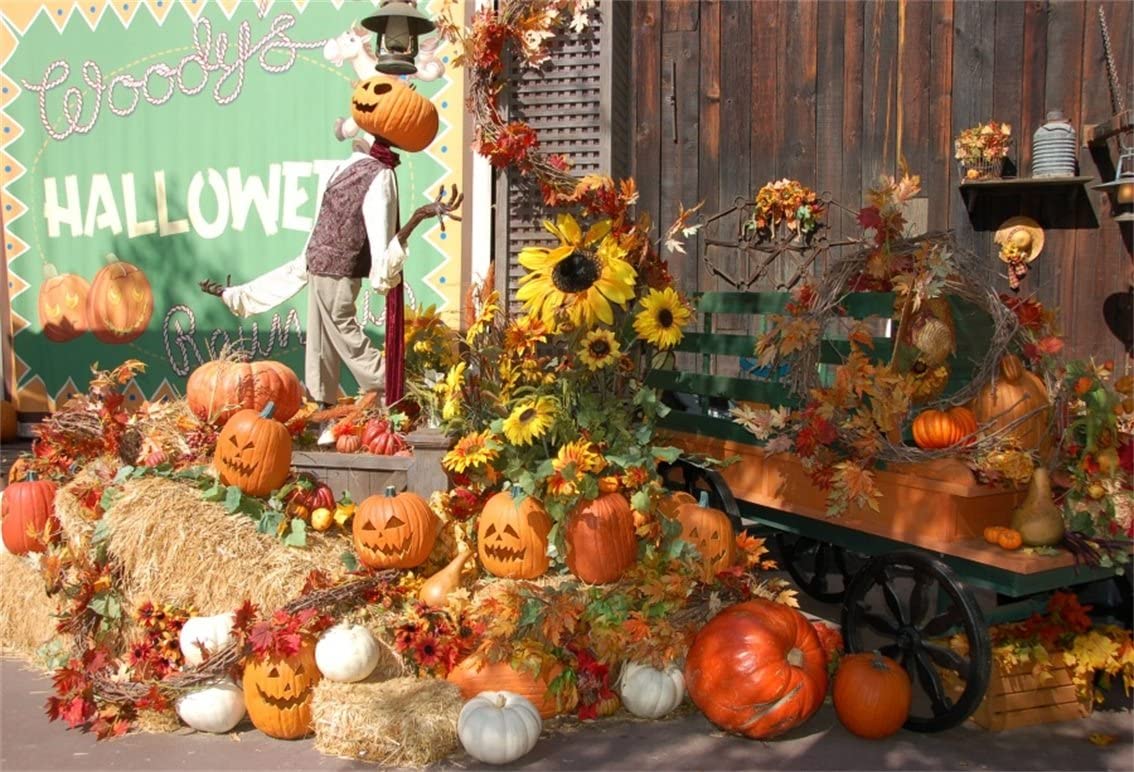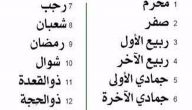عيد الهالوين بالانجليزي ومعلومات عن عيد الهالوين وطرق الاحتفال به من خلال هذه المقالة المميزة.
عيد الهالوين بالانجليزي
Halloween is a celebration on the night of October 31. It is most practised in the United States and Canada. Children wear costumes and go to people’s homes saying “Trick or treat!” to ask for candy (sweets in the UK) and people give it to them. The suggestion is: “Give me a treat or I will play a trick on you.” People mainly dress up as ghosts, witches, or other scary things for Halloween.
For Christians it is the eve of All Saints’ Day, which begins the three-day observance of Allhallowtide. This covers the three days – October 31 (All-Hallows Eve or Hallowe’en), November 1 (All Saints) and November 2 (All Souls). All Hallows’ Eve is a Christianized feast influenced by Celtic harvest festivals, and pagan roots.
Is Halloween a Public Holiday?
Even though Halloween falls on Saturday, 31 October 2020, it is a working day. Most businesses follow regular opening hours in the United Kingdom.
What Do People Do?
Halloween celebrations in the United Kingdom include parties where guests are often expected to arrive in a costume to reflect the day’s theme. Other people gather together to watch horror films, either at home or at a cinema.
Some children go trick-or-treating. This means that they dress up and go to other peoples’ houses, knocking on the door for treat of sweets or a snack. Those who do not give out a treat may be tricked with a joke instead.
Halloween has its origins in pagan festivals in England, Scotland, Wales and Ireland. Many stores and businesses see Halloween as a chance to promote products with a Halloween theme.
Public Life
Halloween is not a bank holiday in the United Kingdom. Schools, businesses, stores and other organizations are open as usual. Public transport services run on their normal timetables.
Pumpkin lanterns
These are pumpkins with the inside removed and eyes, mouth and a nose cut into one side. A candle is placed inside the empty pumpkin and the light creates a scary face effect. In the past people used potatoes or turnips to make lanterns but nowadays pumpkins are more popular. They are easier to cut and you can buy them in supermarkets. People use pumpkin lanterns to decorate their homes at Halloween. Do people actually eat their pumpkins? Yes, they do! Pumpkin soup and pumpkin curry are very popular meals at this time of year.
Apple bobbing
To play this game, lots of apples are placed in a large tub or bowl of water. The competitors have to take a bite from one of the apples without using their hands. To make this more difficult, the competitors have their eyes covered with a scarf. You are not allowed to use the sides of the bowl to help you bite the apple. This game often involves getting very wet so it’s a good idea to bring a towel!
Apple bobbing may be related to the ancient Roman festival of remembering the dead, which was also in October. The Romans remembered the goddess of trees and fruit, called Pomona. When they came to the UK, about 2,000 years ago, they continued with this tradition.
Dressing up
People of all ages dress up on Halloween. The most popular fancy dress costumes include witches, vampires, ghosts, skeletons, zombies and monsters. You can buy a costume from a shop or you can make your own one at home. It’s easy to make a ghost costume from an old white sheet or wear black clothes to look like a witch. You can even paint ‘blood’ dripping from your mouth using bright red tomato ketchup to look like a vampire! What would you choose? Rachel, 14, from Liverpool says, ‘If you go trick or treating it’s best to dress up as a witch. You don’t need a bag for the sweets – you can just use your witch’s hat!’
Trick or treating
Children dress up and then visit the houses in their neighbourhood asking for a ‘trick or treat’. The neighbour gives them sweets or money as a ‘treat’. If there is no treat, the children play a trick on the neighbour, for example they might throw soap at the window. Some people think that playing tricks is unkind but luckily there is nearly always a treat. This custom is imported from the USA and is more popular with young people than with adults. The police in some parts of Britain give out ‘No trick or treat, please!’ posters for people to display on their door if they don’t want to join in. Young children usually go trick or treating with parents or an older brother or sister.
Halloween
Halloween or Hallowe’en is now celebrated across the world on the night of 31st October. Modern day celebrations generally involve groups of children dressed in scary costumes roaming from house to house, demanding “trick-or-treat”. Fearing the worst, intimidated householders normally hand over vast amounts of treats in the form of chocolates, sweets and candy to avoid whatever dastardly tricks may have been dreamt up by these little miscreants. The origins of these celebrations however date back thousands of years, to pagan times.
The origins of Halloween can be traced back to the ancient Celtic festival of Samhain. Until 2,000 years ago, the Celts lived across the lands we now know as Britain, Ireland and northern France. Essentially a farming and agricultural people, the Pre-Christian Celtic year was determined by the growing seasons and Samhain marked the end of summer and the harvest and the beginning of the dark cold winter. The festival symbolised the boundary between the world of the living and the world of the dead.
It was believed by the Celts that on the night of 31st October, ghosts of their dead would revisit the mortal world and large bonfires were lit in each village in order to ward off any evil spirits that may also be at large. Celtic priests, known as Druids, would have led the Samhain celebrations. It would also have been the Druids who ensured that the hearth fire of each house was re-lit from the glowing embers of the sacred bonfire, in order to help protect the people and keep them warm through the forthcoming long, dark winter months.










